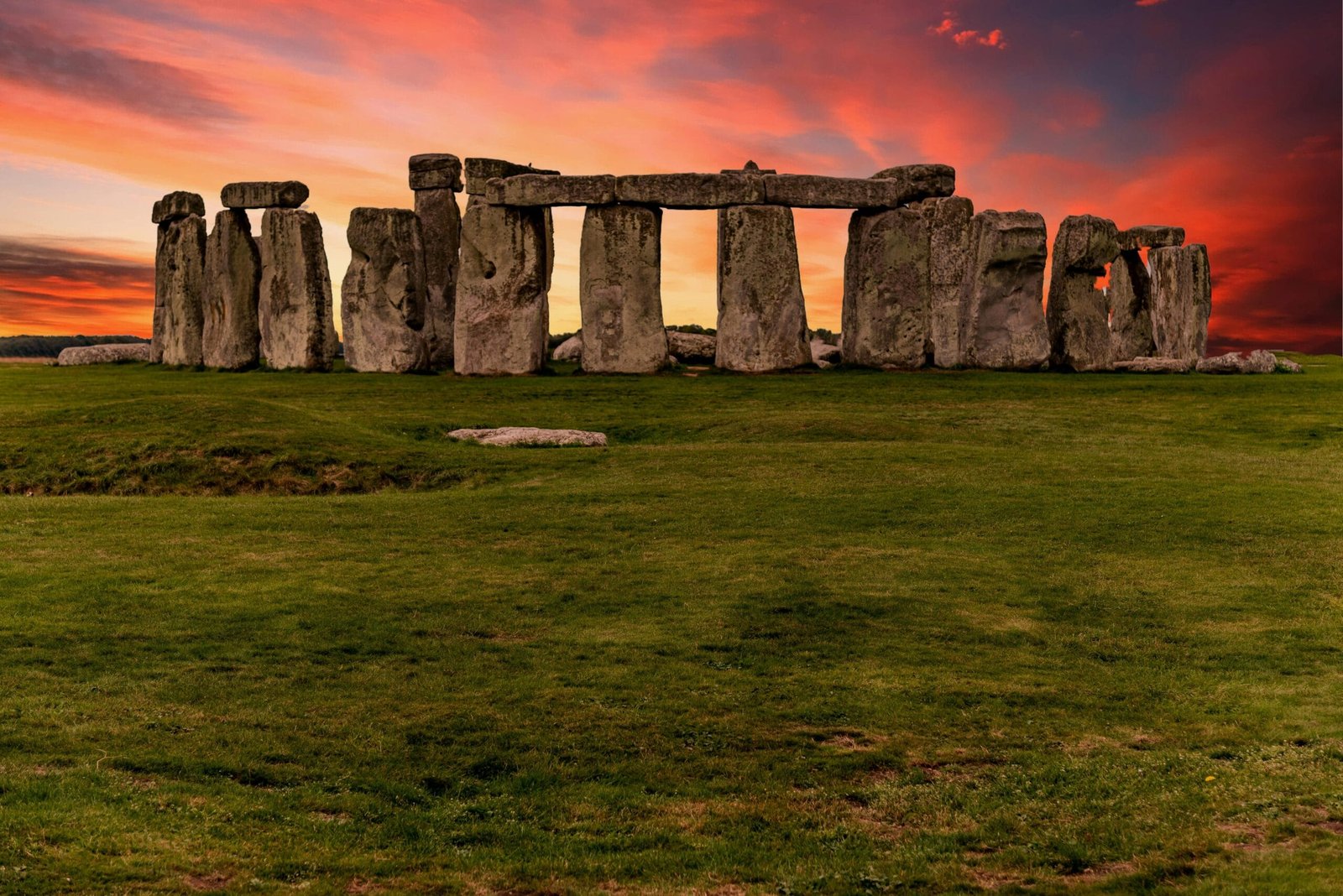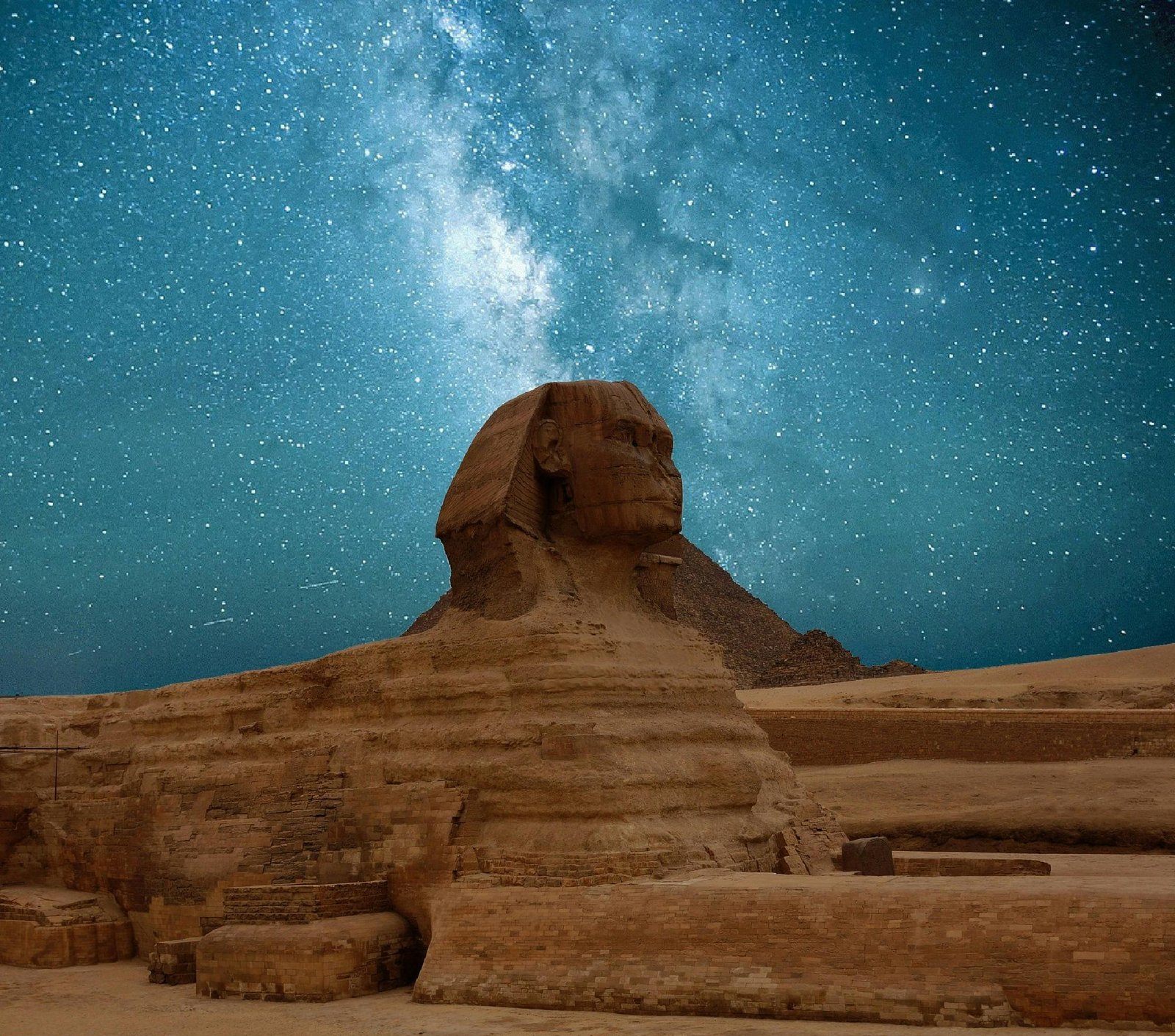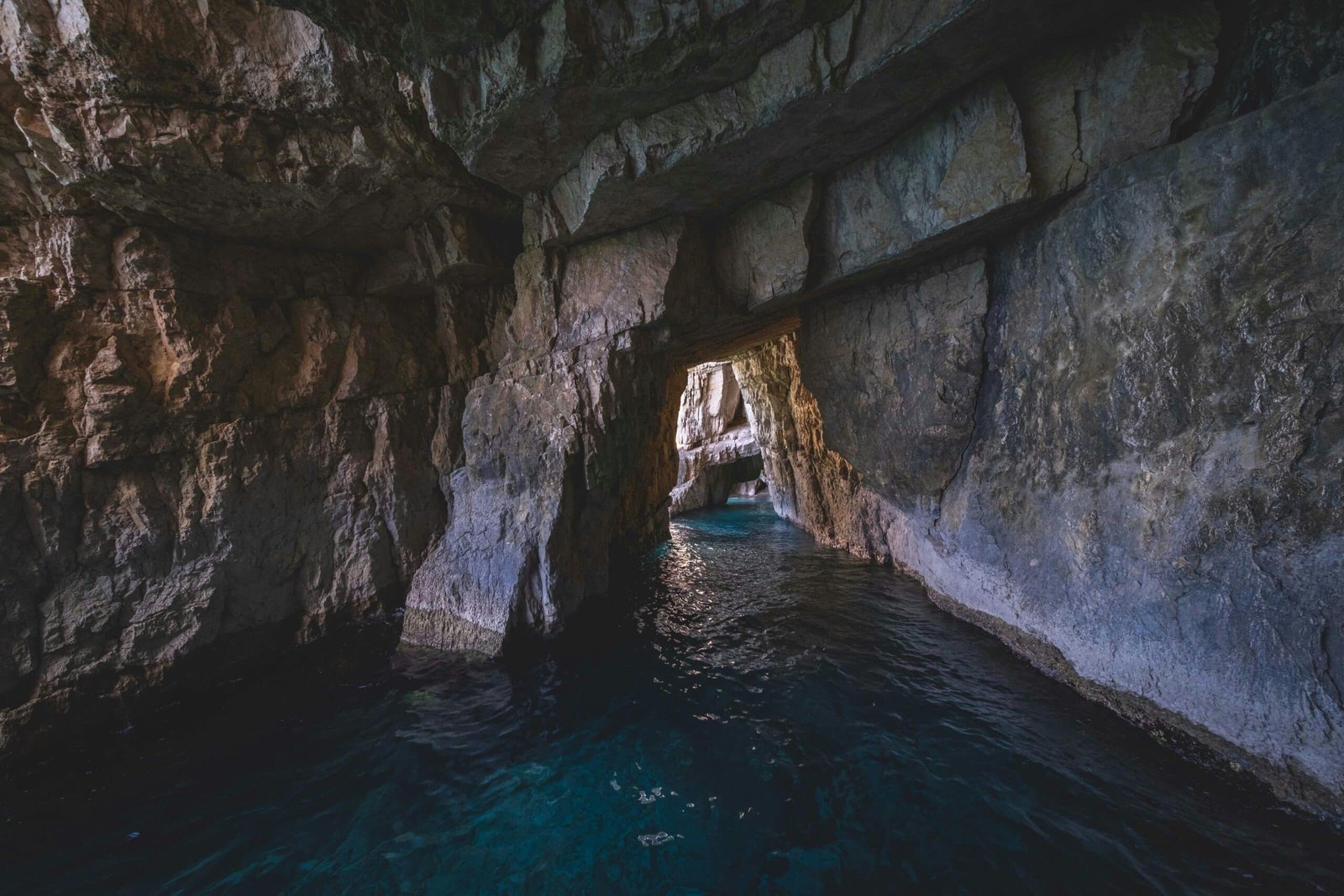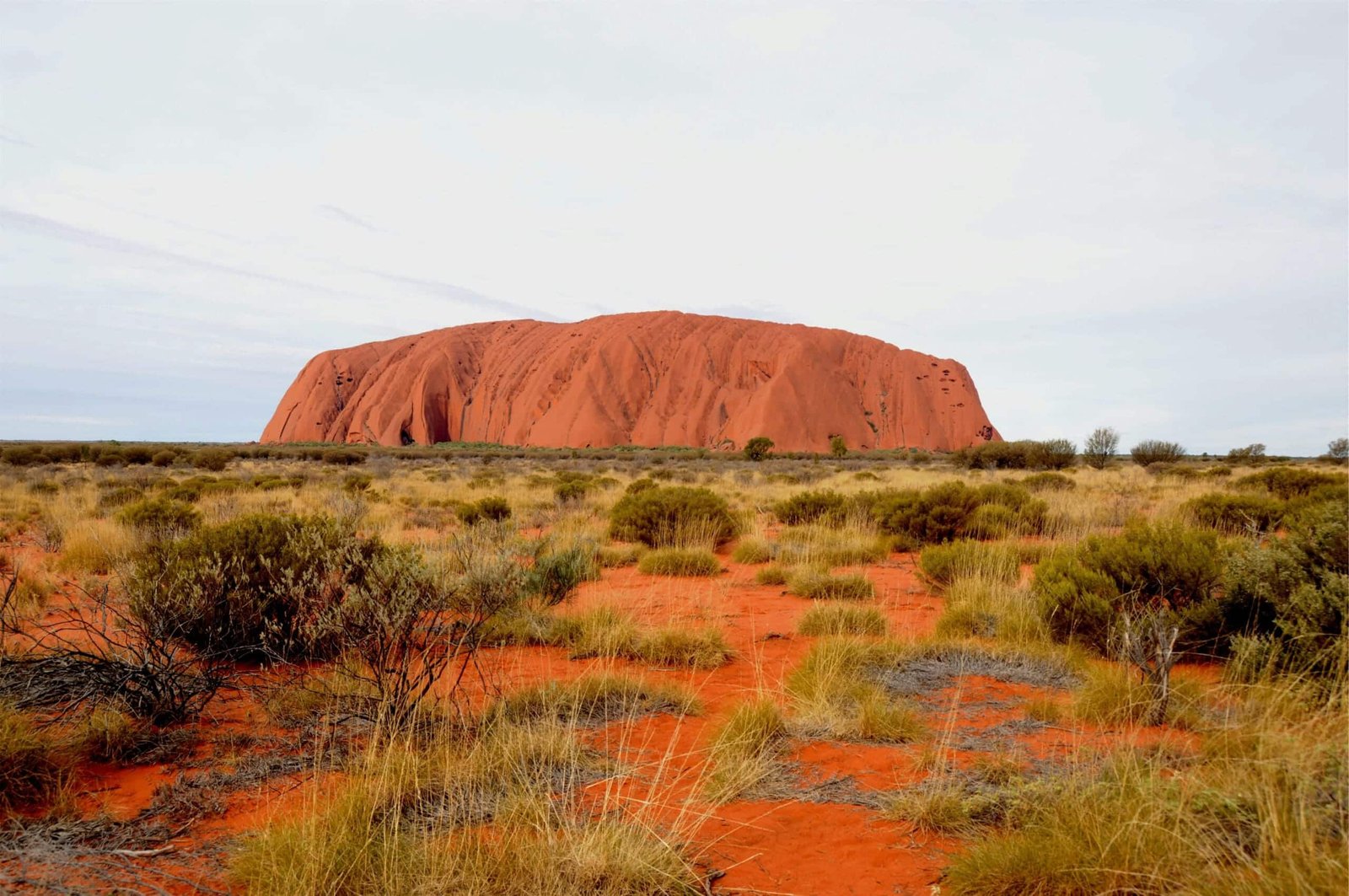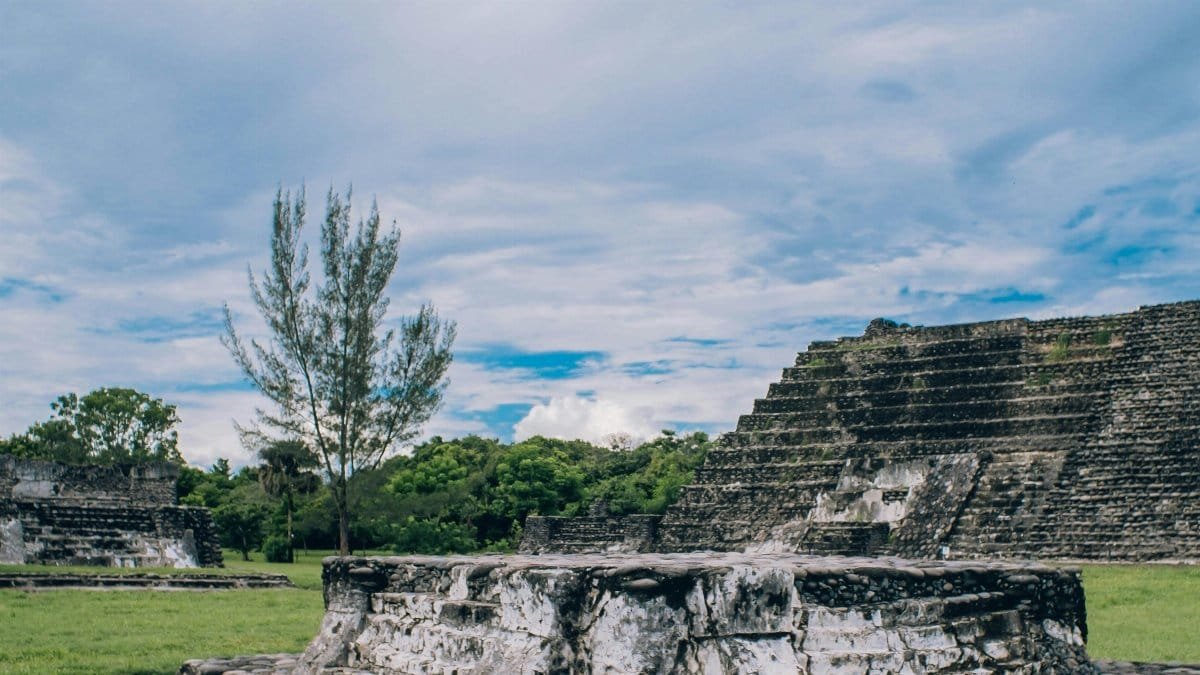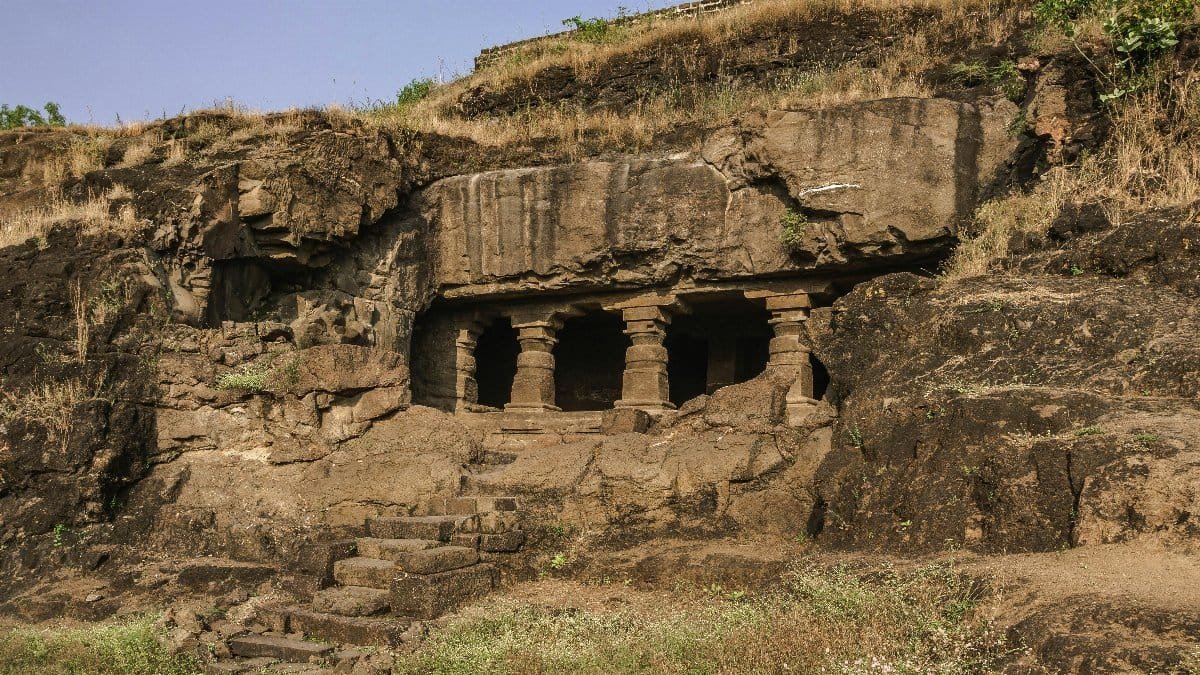The first time I visited an ancient site, I was 27 and jet-lagged in western Ireland. A friend insisted we hike to a stone circle—no signs, no tourists, just a rough footpath through damp sheep pasture. When we arrived, I didn’t expect much. But standing inside that mossy ring of stones, something subtle shifted. The wind stilled. My chest lightened. I didn’t believe in magic, but I also didn’t move for a long time. Maybe you’ve felt it too—in old cathedrals, remote canyons, or quiet cemeteries. Whatever “it” is, these oldest spiritual sites seem to carry it in their bones.
From desert temples to mossy monoliths, humans have built places of awe for millennia. Some are surprisingly humble, tucked into fields or caves. Others were once grand ceremonial centers. Today, many Americans are reconnecting with these sites, seeking something rawer than modern mindfulness apps. Google searches for “ancient spiritual practices” have jumped 40% in the past two years, according to Pew. And it’s not just tourists—2025 has seen a spike in retreats to megalithic ruins, moon circles in Santa Cruz, and forest pilgrimages. The interest in the oldest spiritual sites isn’t fading. If anything, it’s becoming more personal.
1. Göbekli Tepe, Turkey: Before the Wheel
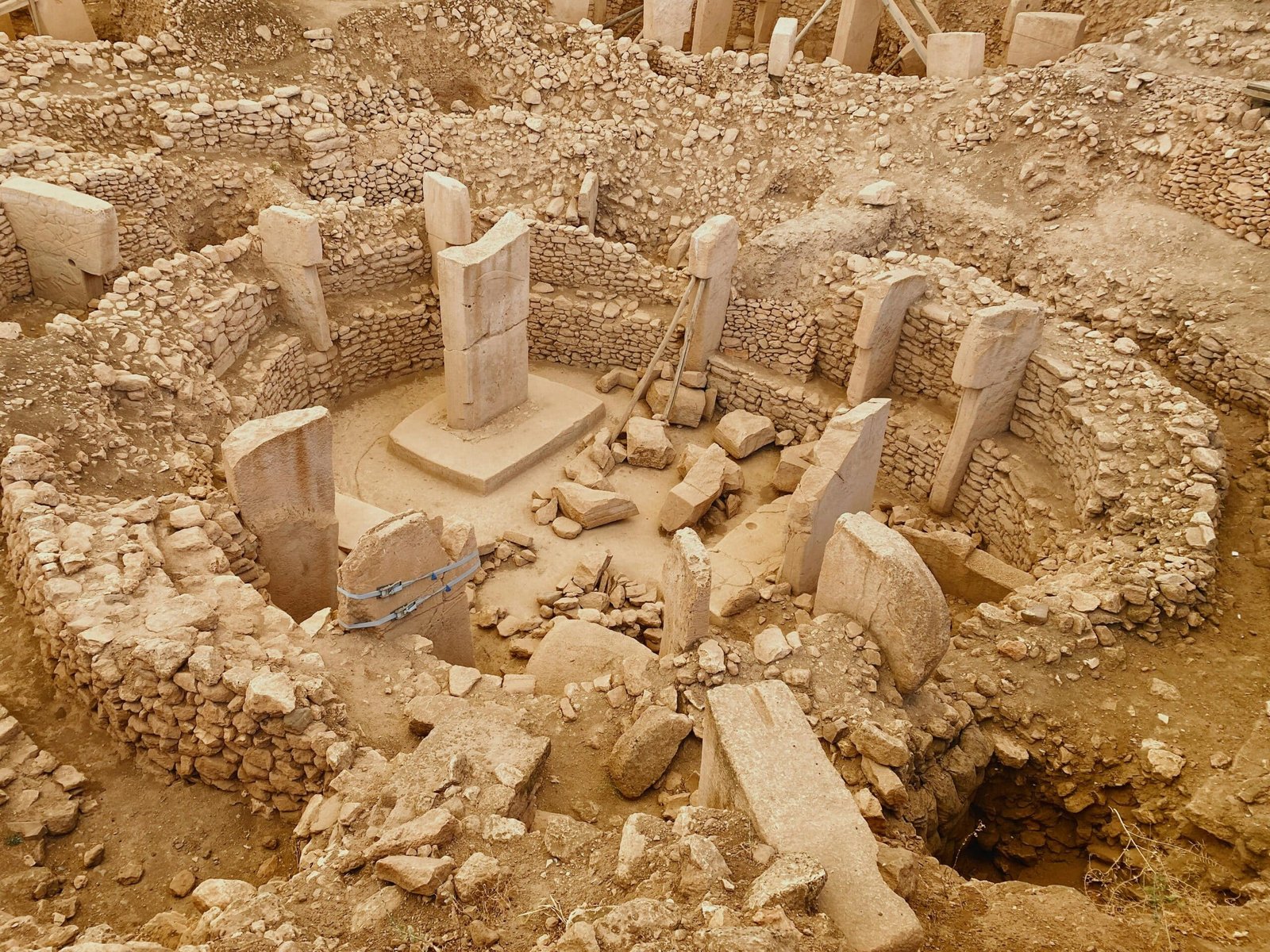
Considered the world’s oldest known temple complex, Göbekli Tepe rewrites everything we thought we knew about early humans. Built around 9600 BCE—before farming, before pottery—its T-shaped pillars are engraved with animals and abstract symbols. This was no random pile of stones. Archeologists now believe it was a spiritual site used for rituals over centuries. Visiting today, you’ll walk raised paths above the excavated rings. But the real hit comes from the landscape: rolling hills, dry winds, and the sense that human hands shaped this sacred space long before we were supposed to know how.
2. Newgrange, Ireland: Where Light Finds You
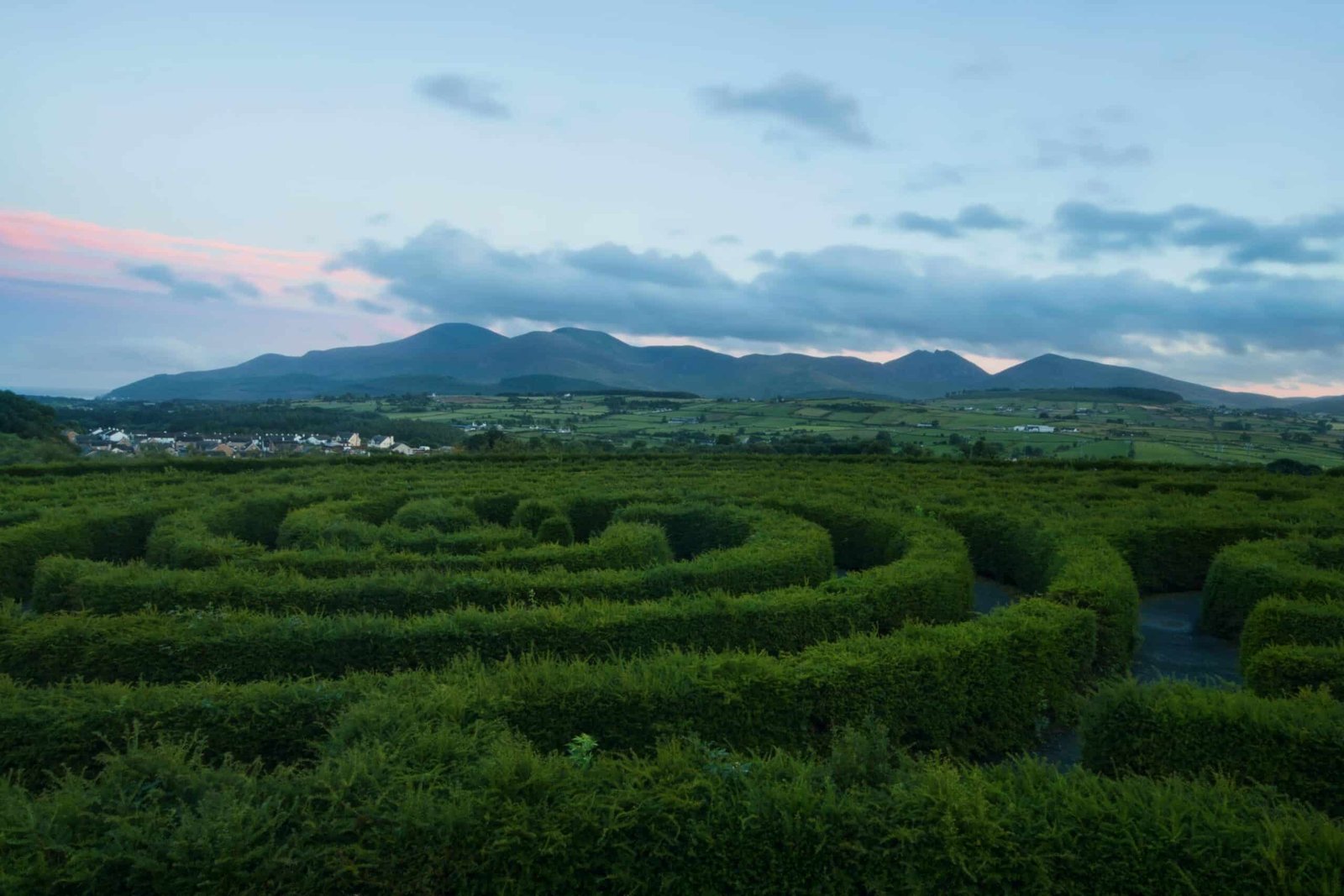
Newgrange isn’t just old—it predates the Egyptian pyramids by about 500 years. This Neolithic passage tomb, built around 3200 BCE, is aligned so precisely that sunlight floods its inner chamber only during the winter solstice. I talked to a local guide named Siobhán who’s been inside during one of these rare sunrises. “It’s like being inside a womb made of stone,” she said. “You feel… chosen, somehow.” Maybe it’s the low hum of earth energy. Maybe it’s just clever design. Either way, it lingers.
3. Teotihuacan, Mexico: Avenue of the Gods

Teotihuacan isn’t as secret as some others—it draws millions every year—but its scale and mystery make it unforgettable. Built between 100 BCE and 250 CE, its originators remain unknown. What we do know: this ancient city was designed with celestial precision. Climb the Pyramid of the Sun, and you’ll see why. One U.S. family I met there—on a break from their RV tour—said they came “just for the views,” but the dad admitted later, “I don’t know, I got a little emotional at the top. I didn’t expect that.”
4. Mount Shasta, USA: The American Sacred
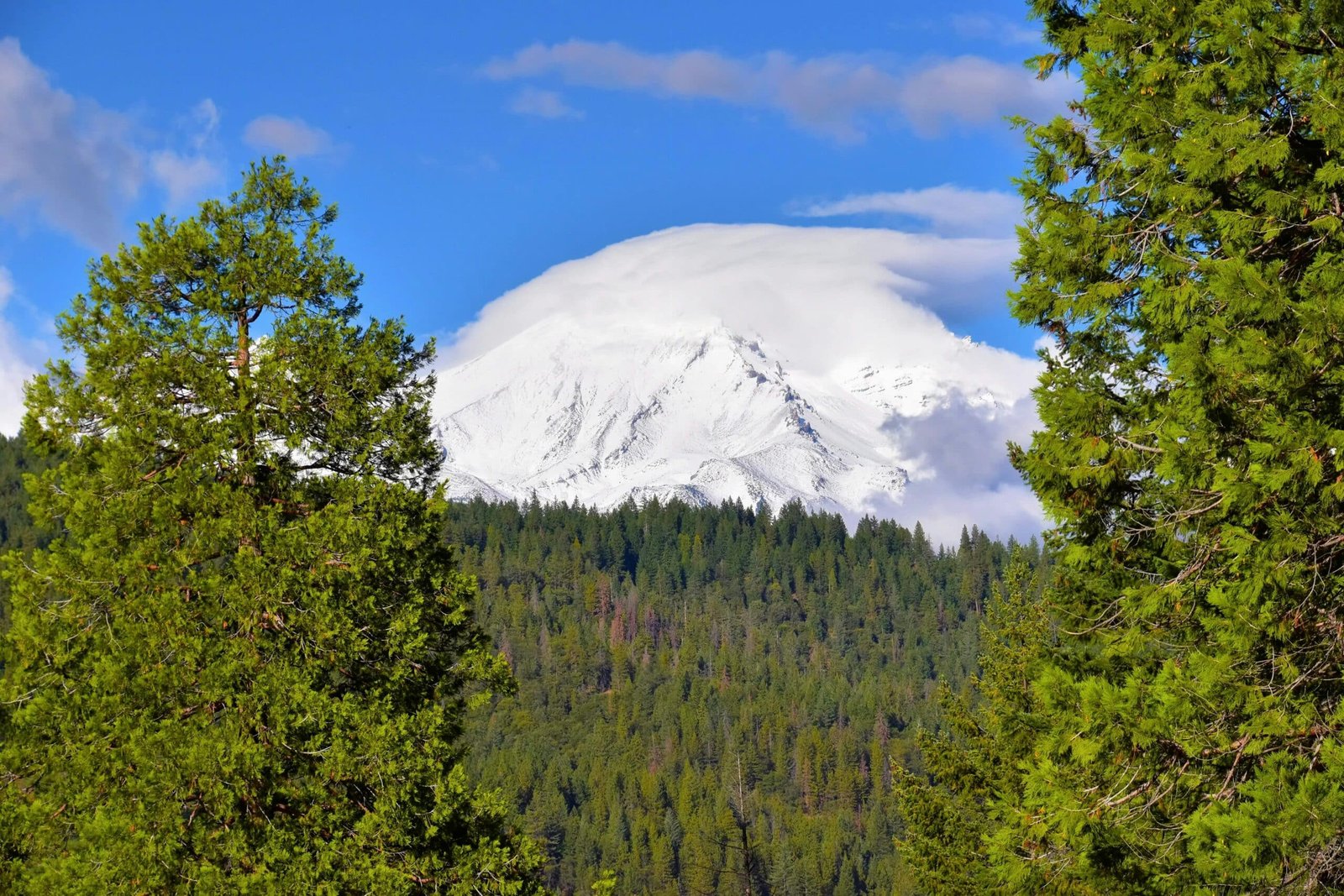
For thousands of years, Native American tribes like the Wintu have held Mount Shasta sacred. Today, it’s a hotspot for spiritual seekers—from energy healers to UFO believers. But beneath the New Age haze lies a very real reverence. Hikers often report feeling “called” to return, and local tribes continue to hold private ceremonies. In 2025, a rise in “tech sabbaticals” (off-grid weekends for burnout recovery) has led more Americans to sacred U.S. mountains like this. It’s not just about unplugging—it’s about plugging into something older.
5. Karnak Temple, Egypt: Stones that Remember
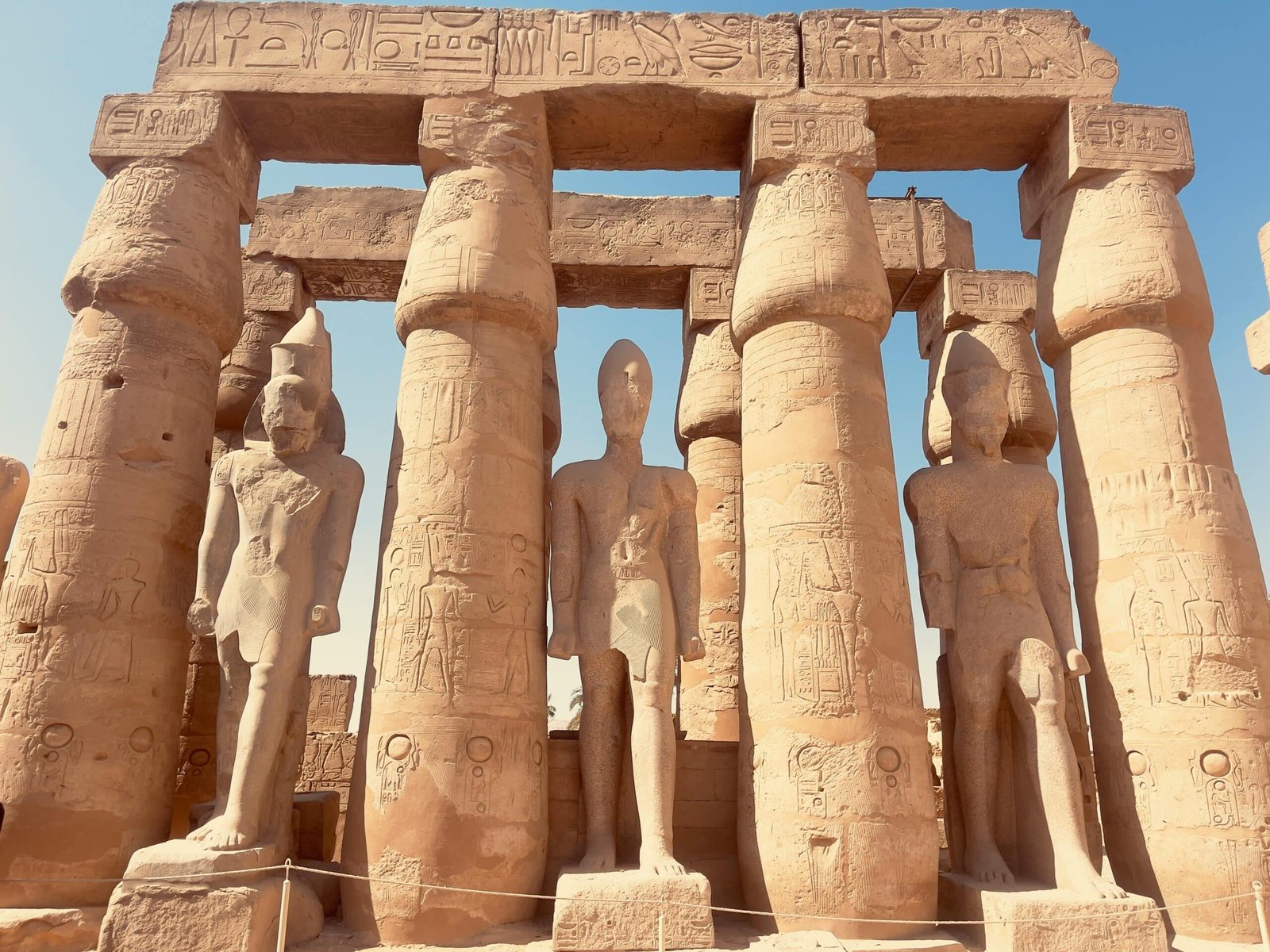
Karnak isn’t just one temple—it’s a complex built over 2,000 years. You can still walk its Hypostyle Hall, where 134 towering columns rise like a petrified forest. The carvings feel strangely alive. One American tourist I met—a retired nurse from Arizona—stood quietly tracing the hieroglyphs. “I don’t believe in past lives,” she said. “But I swear I’ve seen this before.”
6. Externsteine, Germany: Carved by Man, Watched by Trees
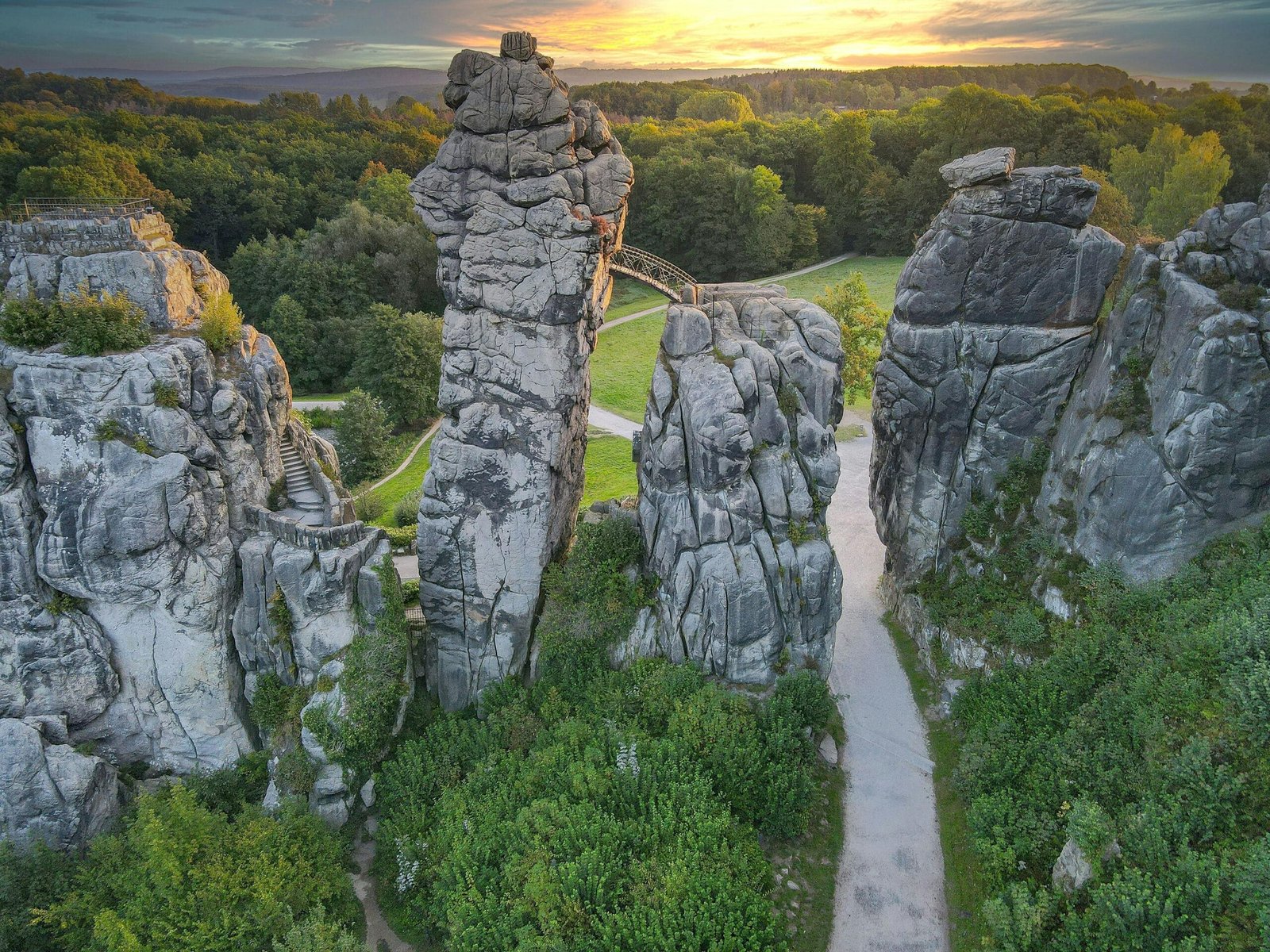
In the Teutoburg Forest, jagged stone pillars rise out of the woods like fossilized giants. The Externsteine were a sacred pagan site long before Christianity arrived. A mysterious relief carved into the rock shows a bent figure under a cosmic tree—some say it’s Christ, others think it’s Wotan. Theories swirl, but the quiet here speaks louder. Germans hike up for the view, but some sit alone between the stones. One woman told me, “I just needed to be somewhere old.”
7. Chavín de Huántar, Peru: Echoes in the Stone
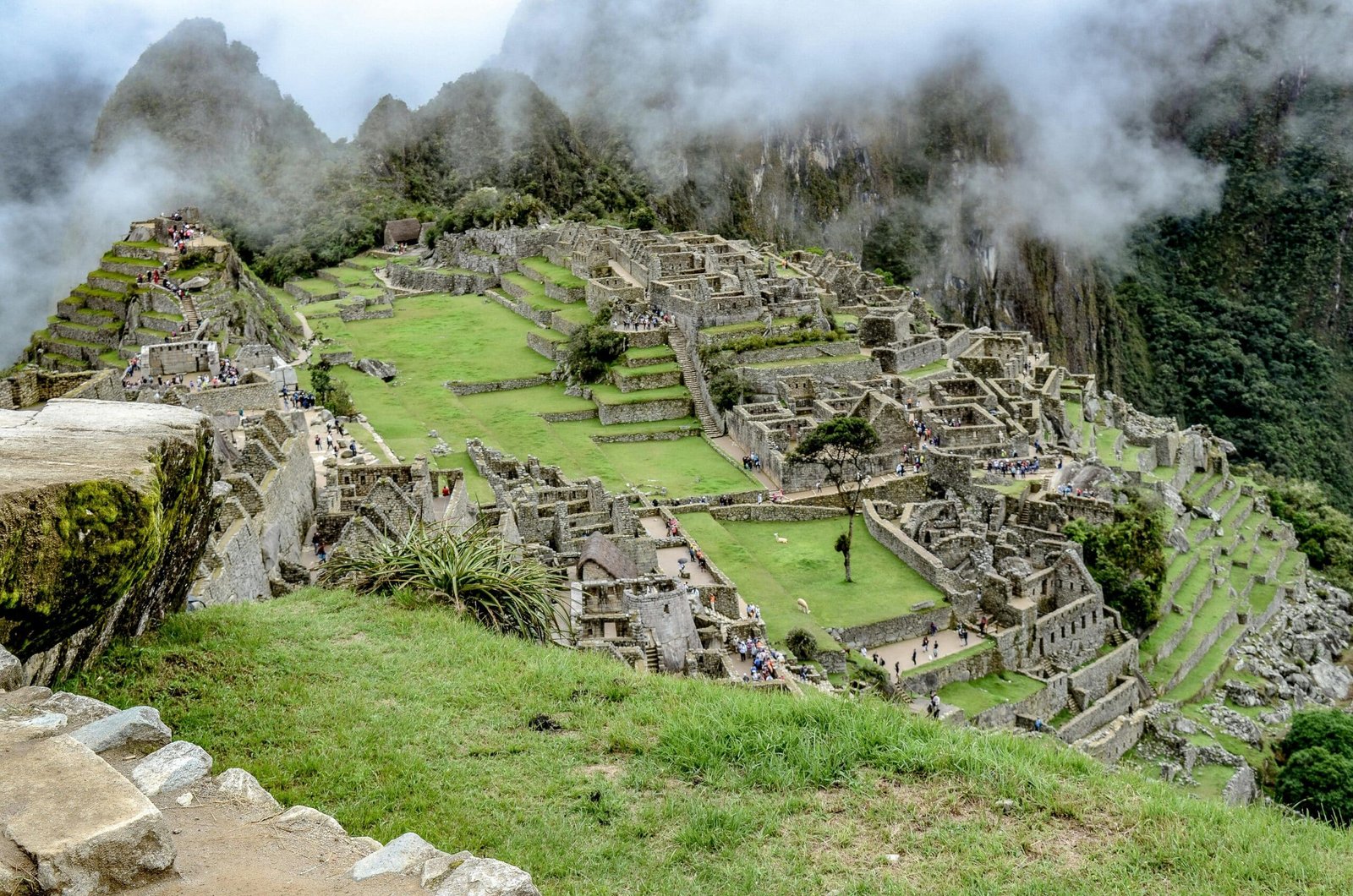
Hidden in the Andes, this ceremonial center predates the Inca by over 1,500 years. Inside, a maze of tunnels still hums with acoustic surprises. Priests likely used sound—conch shells, carved channels—to heighten altered states. Modern sound therapists have studied its chambers to understand ancient sound design. In a culture now obsessed with biohacking, it’s wild to realize our ancestors may have figured this out long ago—with nothing but stone and echo.
8. Stonehenge, England: More Than a Mystery
